Sometimes certain facts work well for studying from homemade flashcards. However, some students just don’t do well with trying to learn from ordinary index cards. Today, we’re going to make those cards extraordinary! These card holders will work especially well for teens who are trying to learn complicated facts and formulas, but who need some extra learning methods thrown in.
Equipment:
Index cards to hold the facts or information
Bright colored card stock
Razor knife for cutting slits
Scrapbooking scissors for trimming edges
How To:
I started with 8 1/2″ x 11″ sheets of brightly colored card stock and cut them in half to make two pieces 5″ x 8 1/2″. Lay an index card in the middle of each of these sheets and mark about 1/2″ from each corner. Use the razor knife to cut angled slits (connecting the marks you just made) for the corners of the index cards. You don’t need to get the cards exactly centered or the slits angled perfectly; if you have a student who is fanatical about precision, give this job to him. Either 3×5″ or 4×6″ index cards will work, depending on what size you have on hand or how much info will be put on each card. The bright colors add visual interest to the boring facts (did I just say boring? oops), and colored index cards can do the same thing (the ones in the photo are light blue, but white cards work just fine). Just be careful that the colors don’t clash or create such a visual disturbance that no one can stand to look at them!
I had a variety of scrapbooking scissors available, so I trimmed the edges of the card holders, using a different pattern on each card. If you only have one or two fancy scissors (or even just a pair of pinking shears), that will still work. You could even use regular scissors and just cut some wavy or zig-zaggy edges. The idea here is to create a little bit of tactile interest for the fingers that will be holding the cards.
As your student studies the facts on each card, the bright color of the card holder will become a visual cue to those facts, and the tactile edge will do the same for his fingers. Reading the card information aloud lets the student say and hear the info, important methods for auditory learning — and when he stops reading aloud, he’ll catch himself wandering off-topic. The large size of these card holders makes them more of a kinesthetic learning tool than just small index cards are. The colors, edge textures, size, and reading aloud will all provide memory keys that his brain can rely on when trying to remember the facts on each card. Hmm… that card was in a red holder… I was holding it with both hands… the edges were pointy… I remember hearing myself say these points over and over… I know — it said THIS!
By inserting the index card’s corners into slits, the holder becomes reusable. When this set of facts has been learned and the student is ready to move on to learning different information, the index card can easily be slipped out and another inserted in its place. Make as many card holders as needed, but if possible, trim the edges of like colors with different patterns to make them different (notice that the 2 blue card holders in the photo have different edge patterns).
The cards shown here are for fallacies of reasoning, but you can use this method for learning vocabulary words, their spelling, and meanings; math or science formulas; historical events or people; or anything else that needs to be memorized.
Also see Tactile Card Holders, Version 2 for more ideas!
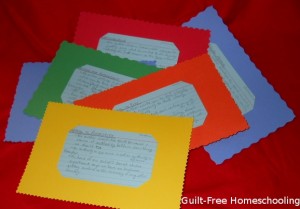
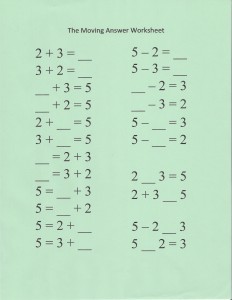
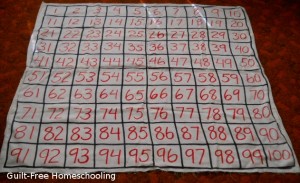
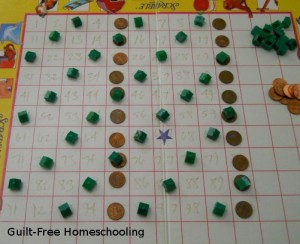
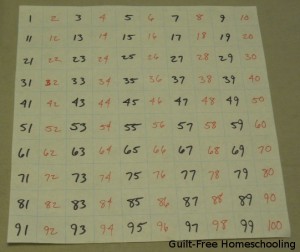
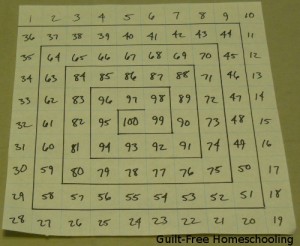
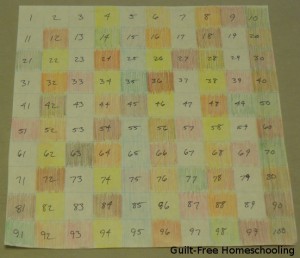

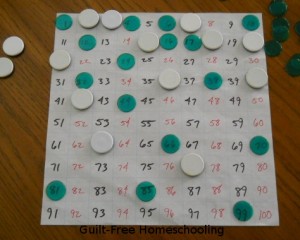
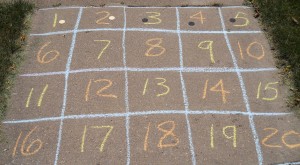

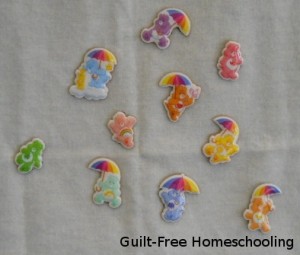
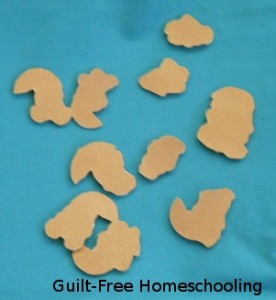


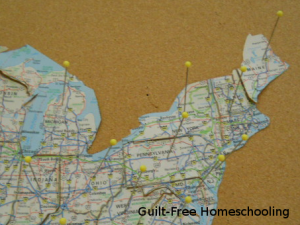

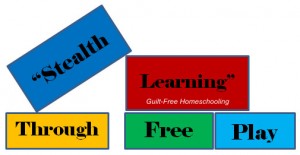
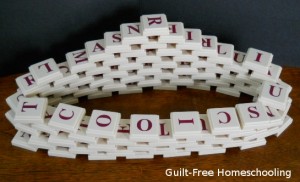
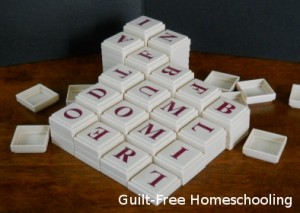
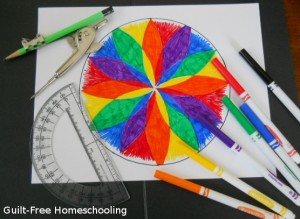
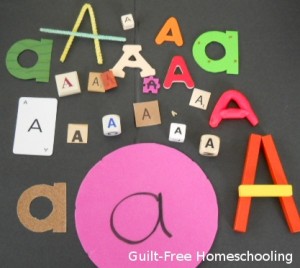
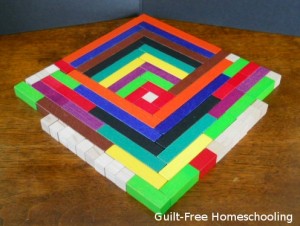
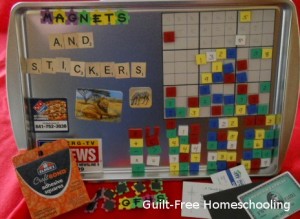

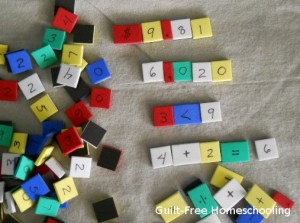
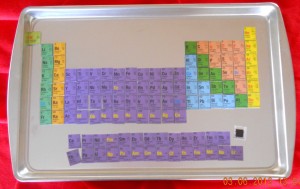
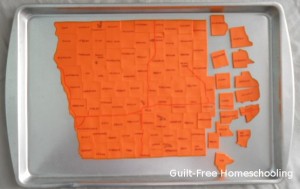
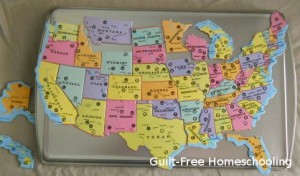
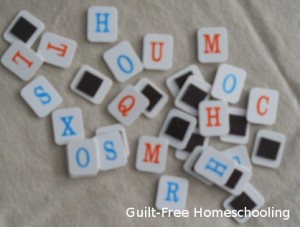

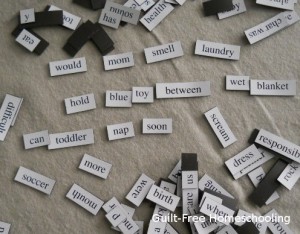


 Guilt-Free Homeschooling is the creation of Carolyn Morrison and her daughter, Jennifer Leonhard. After serious disappointments with public school, Carolyn spent the next 11 years homeschooling her two children, from elementary to high school graduation and college admission. Refusing to force new homeschooling families to re-invent the wheel, Carolyn and Jennifer now share their encouragement, support, tips, and tricks, filling their blog with "all the answers we were looking for as a new-to-homeschooling family" and making this website a valuable resource for parents, not just a daily journal. Guilt-Free Homeschooling -- Equipping Parents for Homeschooling Success!
Guilt-Free Homeschooling is the creation of Carolyn Morrison and her daughter, Jennifer Leonhard. After serious disappointments with public school, Carolyn spent the next 11 years homeschooling her two children, from elementary to high school graduation and college admission. Refusing to force new homeschooling families to re-invent the wheel, Carolyn and Jennifer now share their encouragement, support, tips, and tricks, filling their blog with "all the answers we were looking for as a new-to-homeschooling family" and making this website a valuable resource for parents, not just a daily journal. Guilt-Free Homeschooling -- Equipping Parents for Homeschooling Success!

Recent Comments